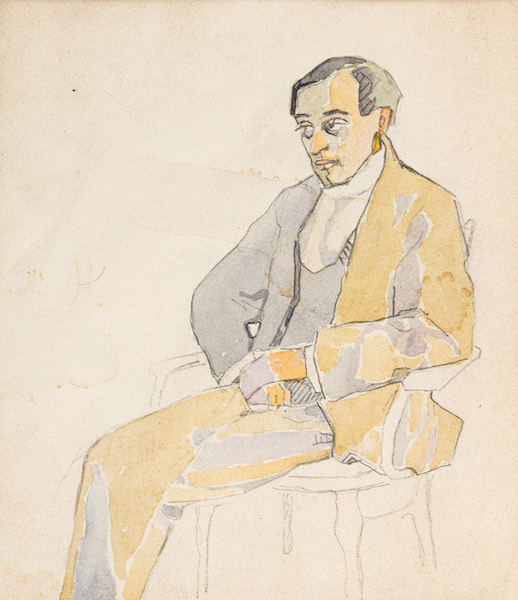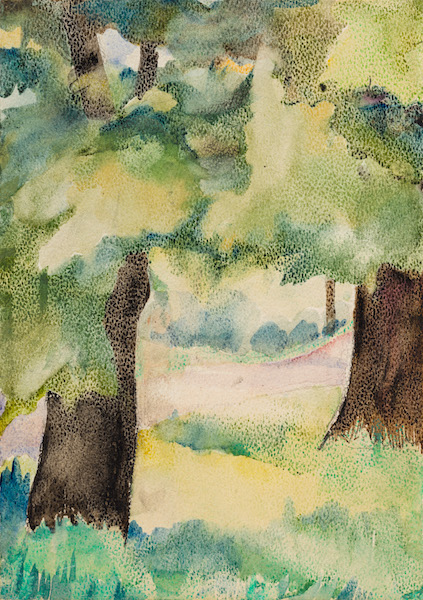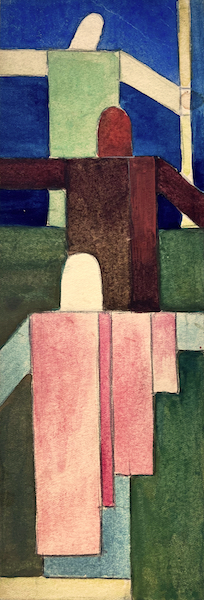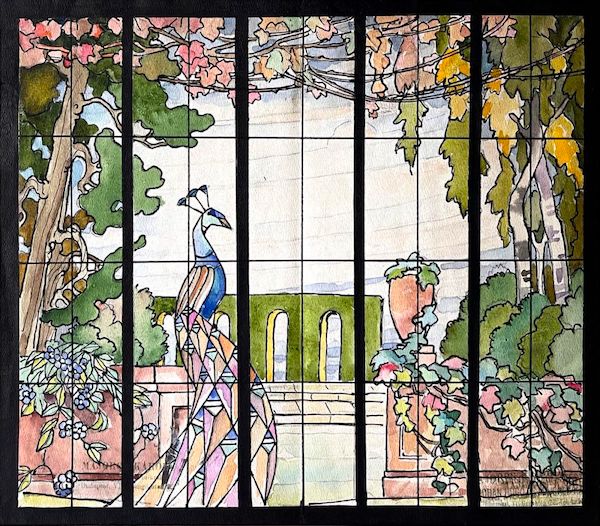Biography
In 1911, Hugó Johan obtained a master's degree in pharmacy in Budapest. In addition to his studies, he was painting and drawing. He worked as a volunteer pharmacist officer in Kolozsvár for two years, and then in Pécs during the First World War. He learned to paint from the painter Péter Dobrovics in Pécs. He was a member of the Pécs Artists' Circle and the Society of Hungarian Watercolor and Pastel Painters. In 1920, he had a group exhibition with Stefán Henrik. In 1921, together with Molnár Farkas and Stefán Henrik, they took part in a study trip to Italy, after which all three applied to the Bauhaus in Weimar. In Berlin, he studied in the studio of the cubist painter and set designer Caesar Klein.
He got acquainted with the technique of glass painting at Gottfried Heinersdorf's glass painting institute in Berlin, where he worked as a designer. In 1923, together with Károly Majoros, he founded the National Glass Painting Workshop in Budapest. He gave up painting and mainly worked on the design and production of colored glass windows commissioned by the church. Based on the designs of Lili Árkayné Sztehlo, the glass paintings of the church in Győr, executed together with Károly Majoros, in 1930, in the IV. was awarded a grand prize at an art exhibition in Monza. After a while, Károly Majoros left their business and his painter friend, Henrik Stefán, joined him instead.
His painting style is often characterized by the word neoprimitivism.





